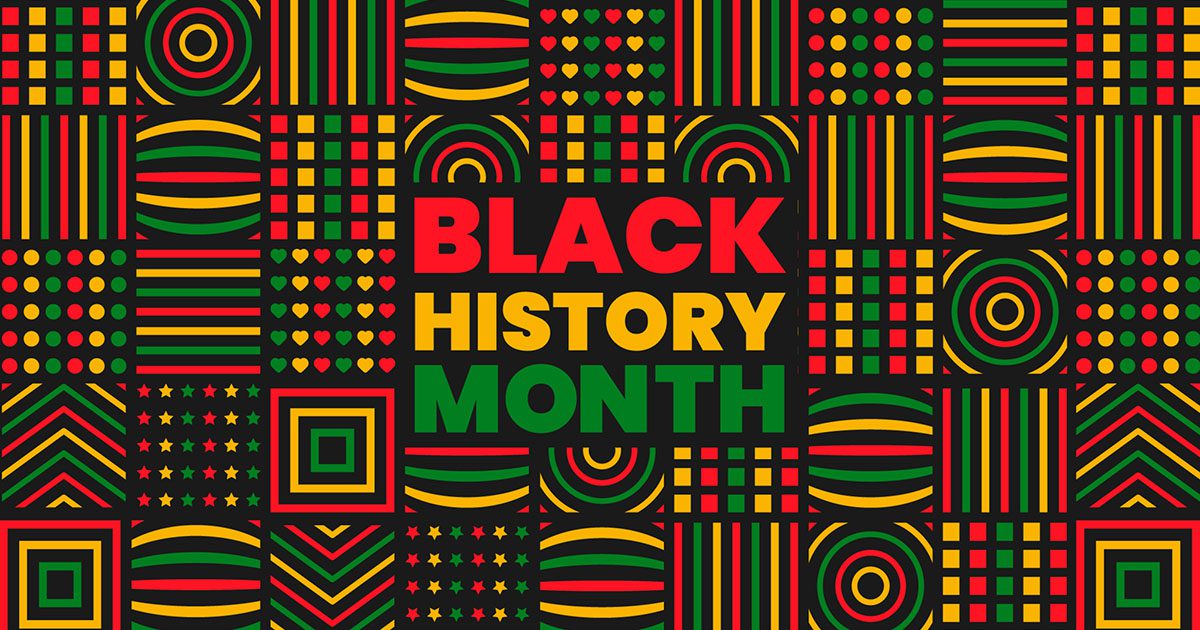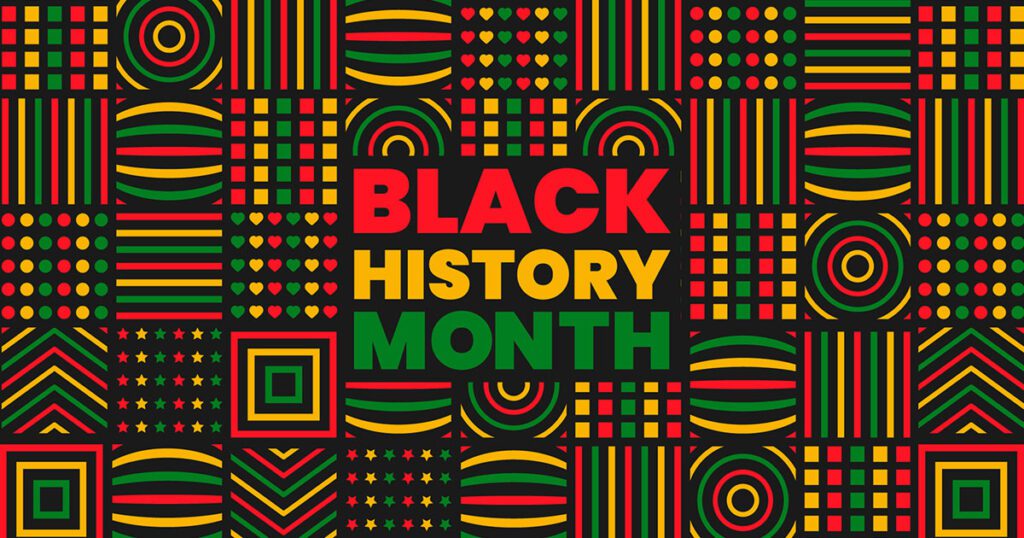
Black History Month
February 1, 2029

Black History Month Takes Place in February
Observed annually in February, Black History Month is a celebration of achievements by African Americans. It is also a time to recognize the central role of blacks in U.S. history. Black History Month grew out of “Negro History Week,” the brainchild of noted historian Carter G. Woodson and other prominent African Americans. Since 1976, every U.S. president has officially designated the month of February as Black History Month.
The official colors of Black History Month are black, red, yellow, and green, which symbolize unity and pride. The colors are derived from the Ethiopian flag and the Pan-African flag, which was created in 1920 to represent the unity of the African diaspora and Black liberation in the US.
Carter G. Woodson and Black History Month
Born in New Canton, Virginia, in 1875, Carter G. Woodson never saw the first Black History Month. The historian, best known for his 1933 book “The Miseducation of the Negro,” recognized throughout his studies the dearth of African Americans in the nation’s curriculum.
To stem the tide and bring to the fore those lost voices, in 1915 Woodson founded the Association for the Study of Negro Life and History. This is now the Association for the Study of African American Life and History. The following year he launched The Journal of African American History, one of the earliest scholarly journals publishing African American research, history, and book reviews. Since its inception, ASALH has promoted year-round and year-after-year study of African American history.
Negro History Week – Founded in 1926
Seeking to bring even more stories of African Americans to light, in 1926, Woodson founded the first Negro History Week. This was timed in February to coincide with President Abraham Lincoln’s and Fredrick Douglass’s birthdays. Both men are symbols of freedom. It wasn’t until 1976 that President Gerald Ford extended the observation to a full month – one honoring the contributions of black Americans to this day.
For Woodson, such associations and commemorations provided a kind of “real education.” This is one that “inspires people to live more abundantly, to learn to begin with life as they find it and make it better.”
A Look at Today and Black History Month
For generations, African Americans worked collectively to survive and thrive amid historical and ongoing oppression. Through education, religious institutions, businesses, the press, and organizations, Black people created ways to serve and strengthen their communities while establishing safe spaces.
Black resistance not only encompasses rebellions, protests, and uprisings. It also includes the beauty, love, and pride of joyous everyday living. Black joy lives in those who dare to love themselves, their families and their communities. This joy is the smiles and laughter of children, courtships, love, marriage rituals, fellowships, foodways and family pride.
The National Museum of African American History and Culture
The National Museum of African American History and Culture is the only national museum devoted exclusively to the documentation of African American life, history, and culture. An Act of Congress established it in 2003, following decades of efforts to promote and highlight the contributions of African Americans. To date, the Museum has collected more than 40,000 artifacts and nearly 100,000 individuals have become members. The Museum opened to the public on September 24, 2016, as the 19th museum of the Smithsonian Institution.
(Image: apostate.edu)



